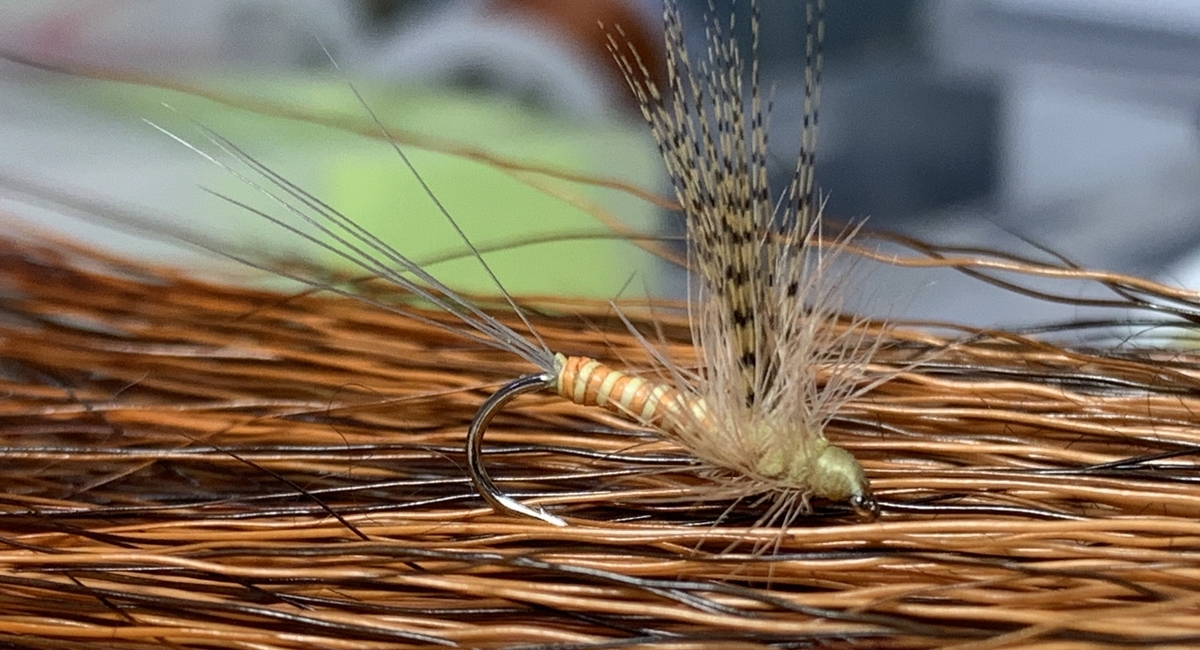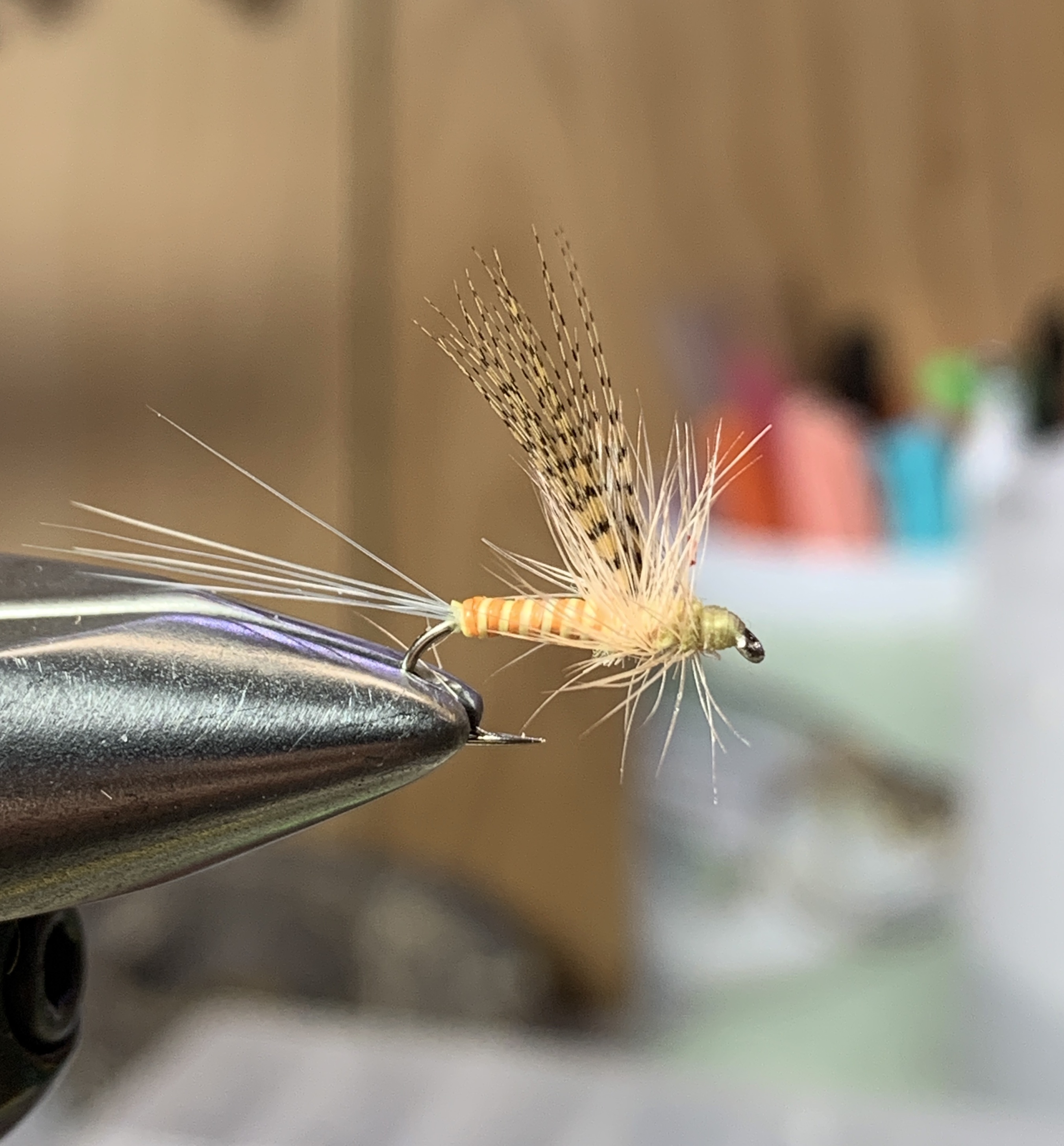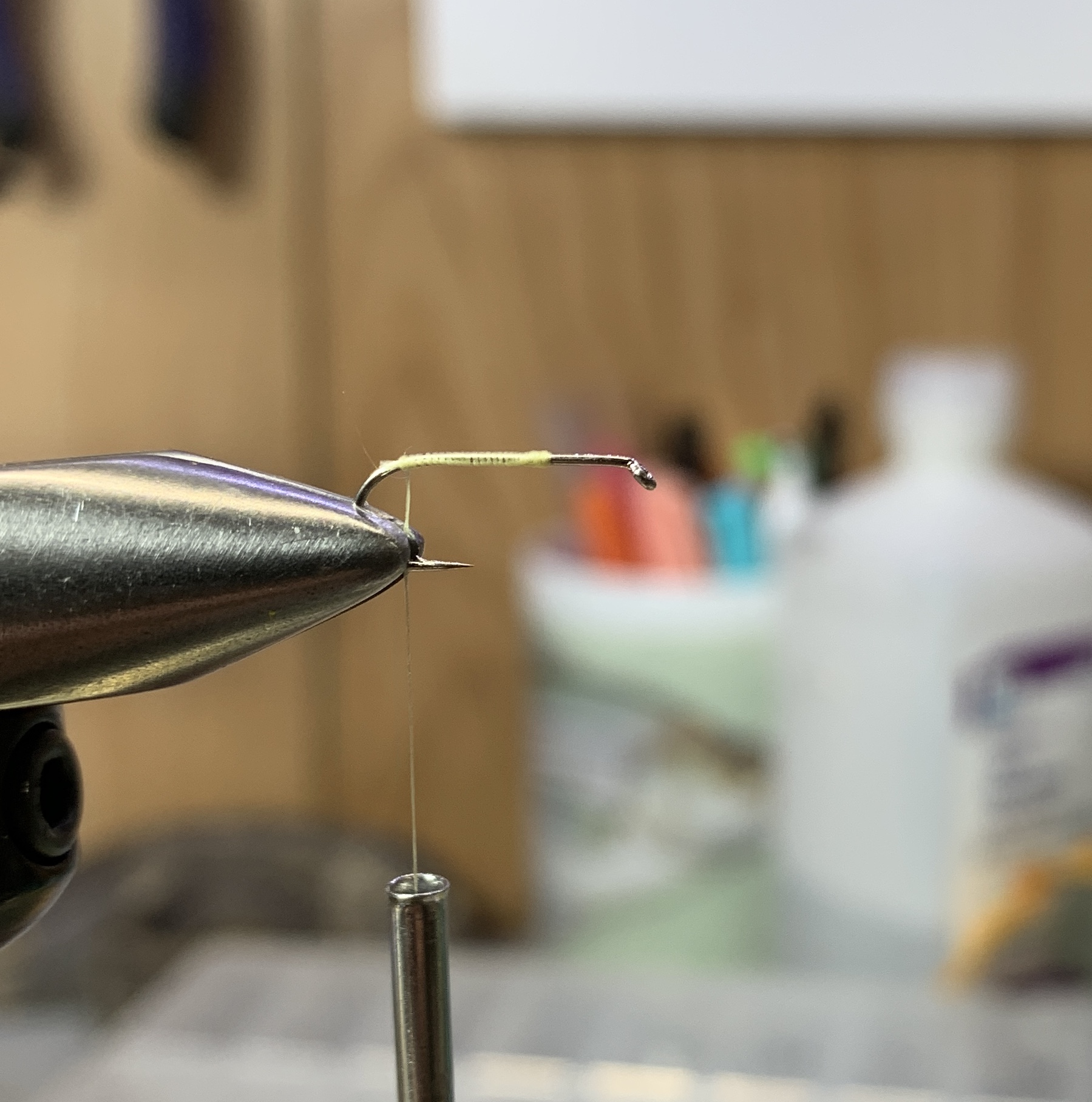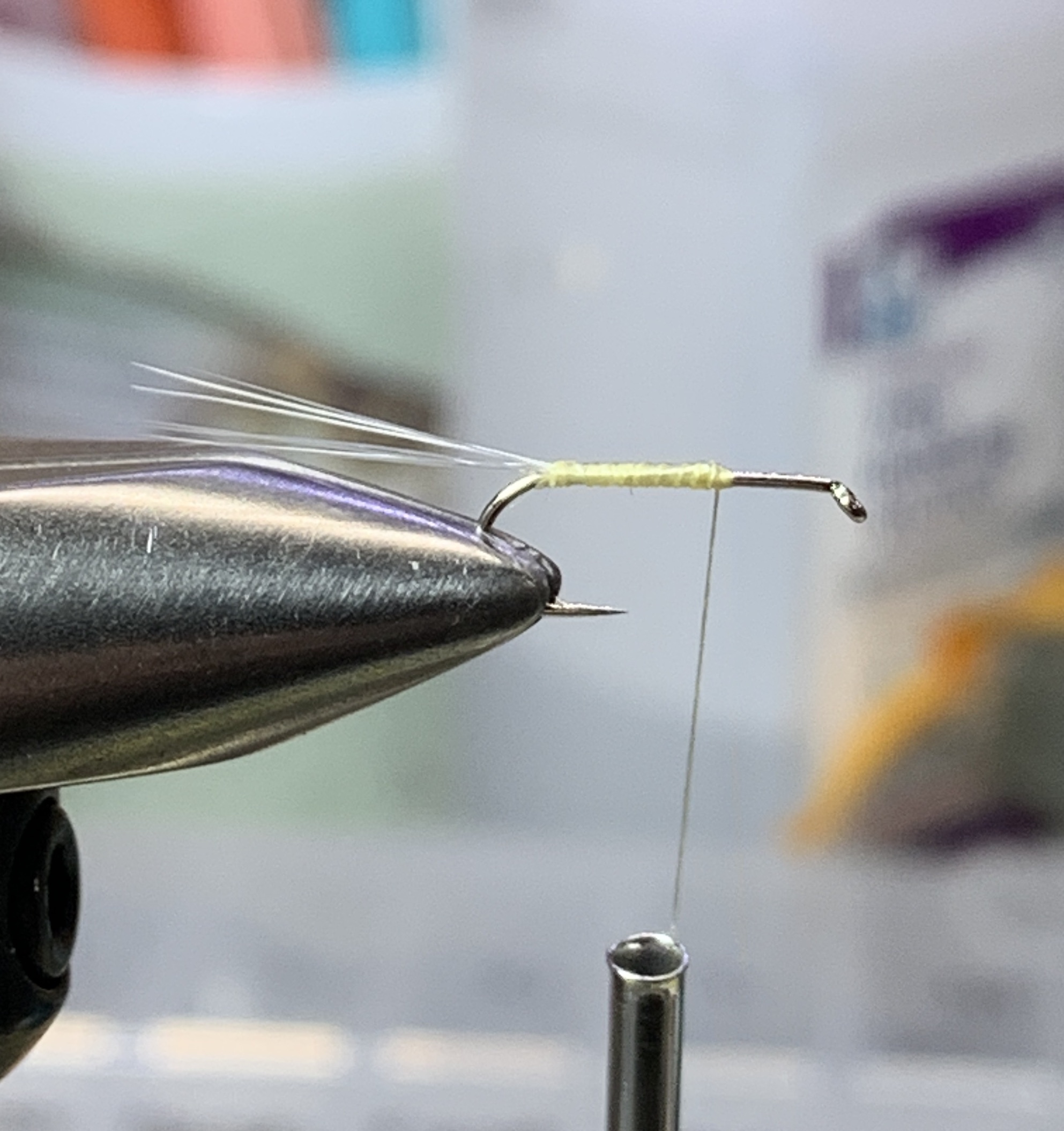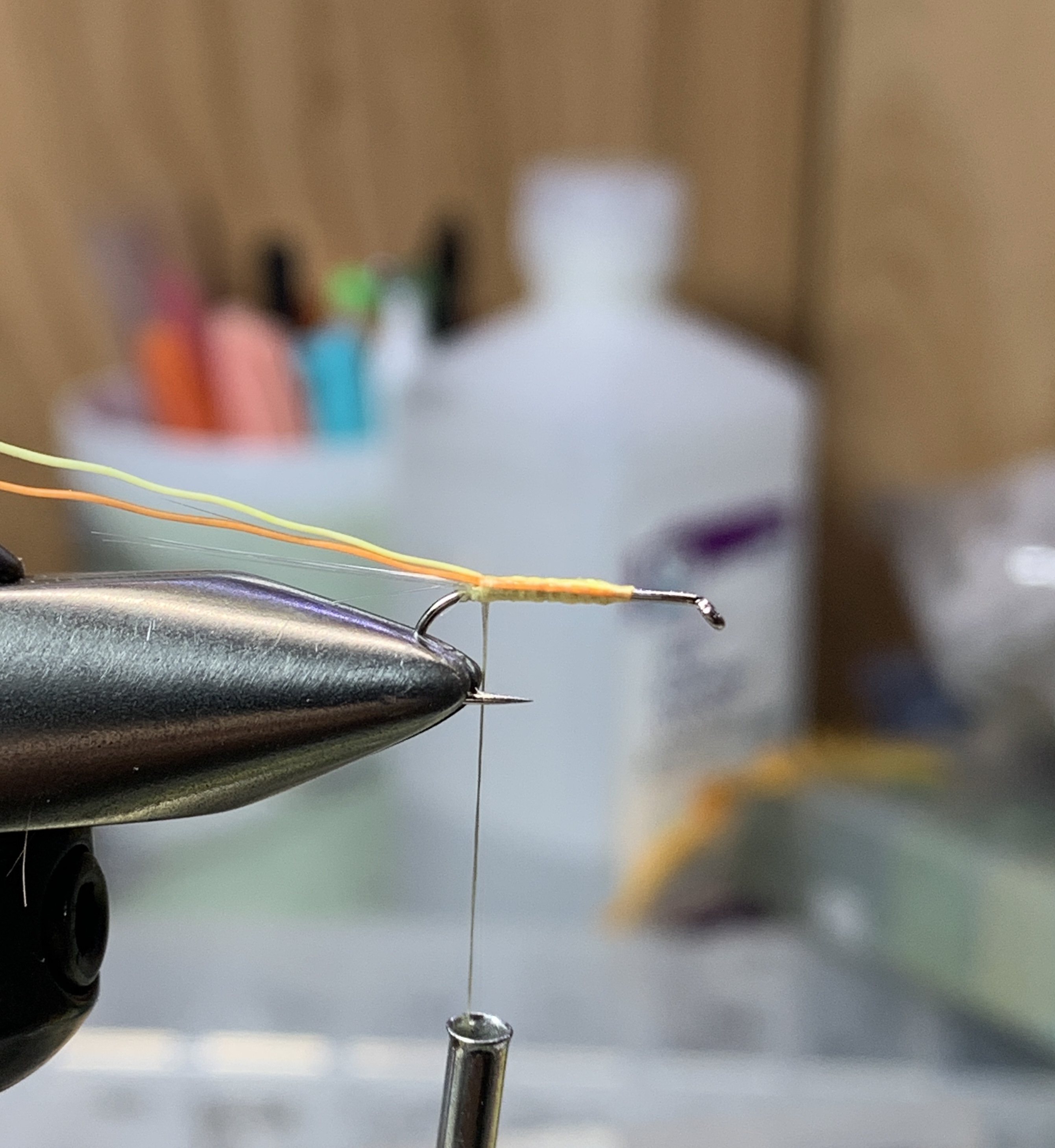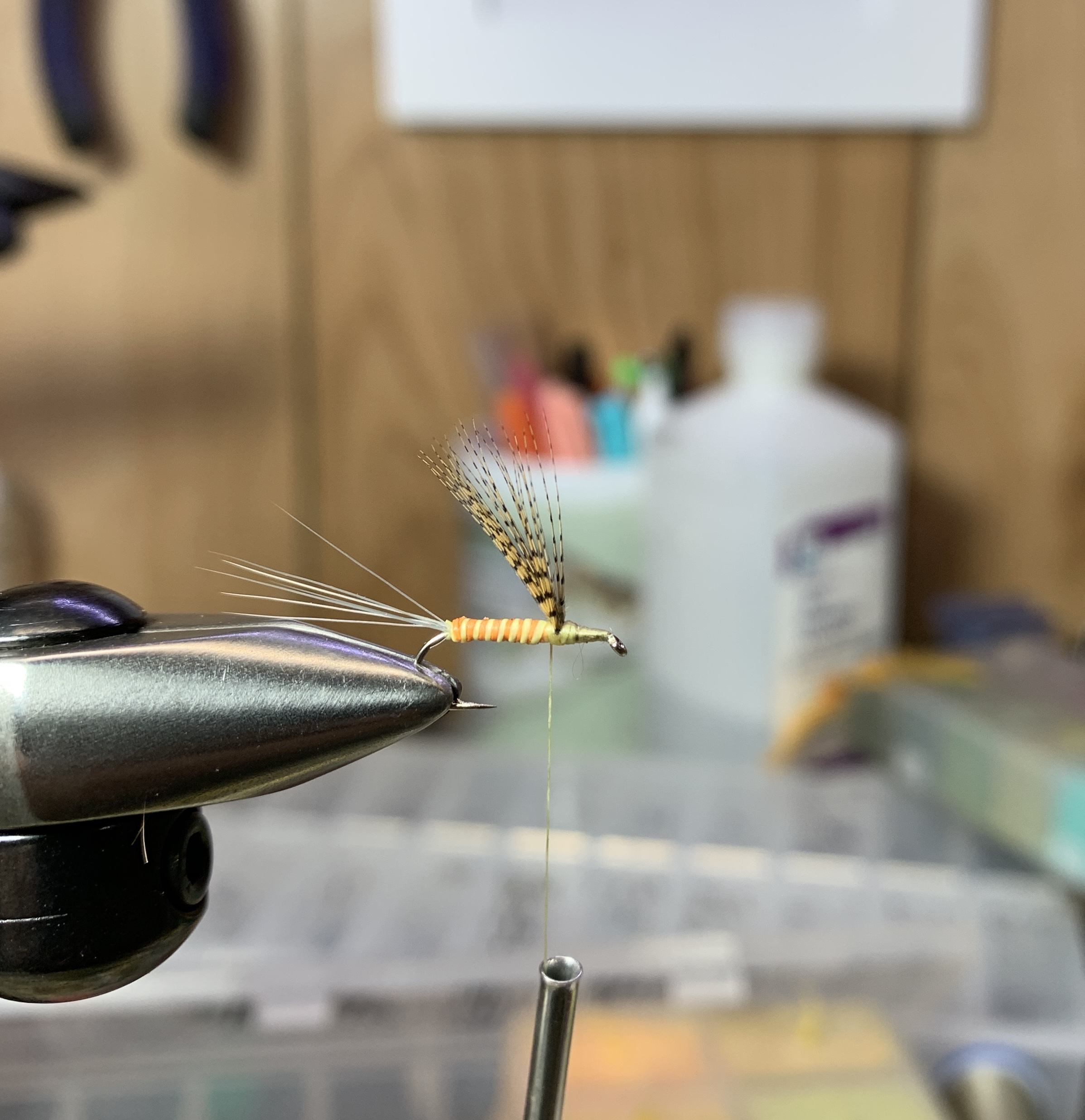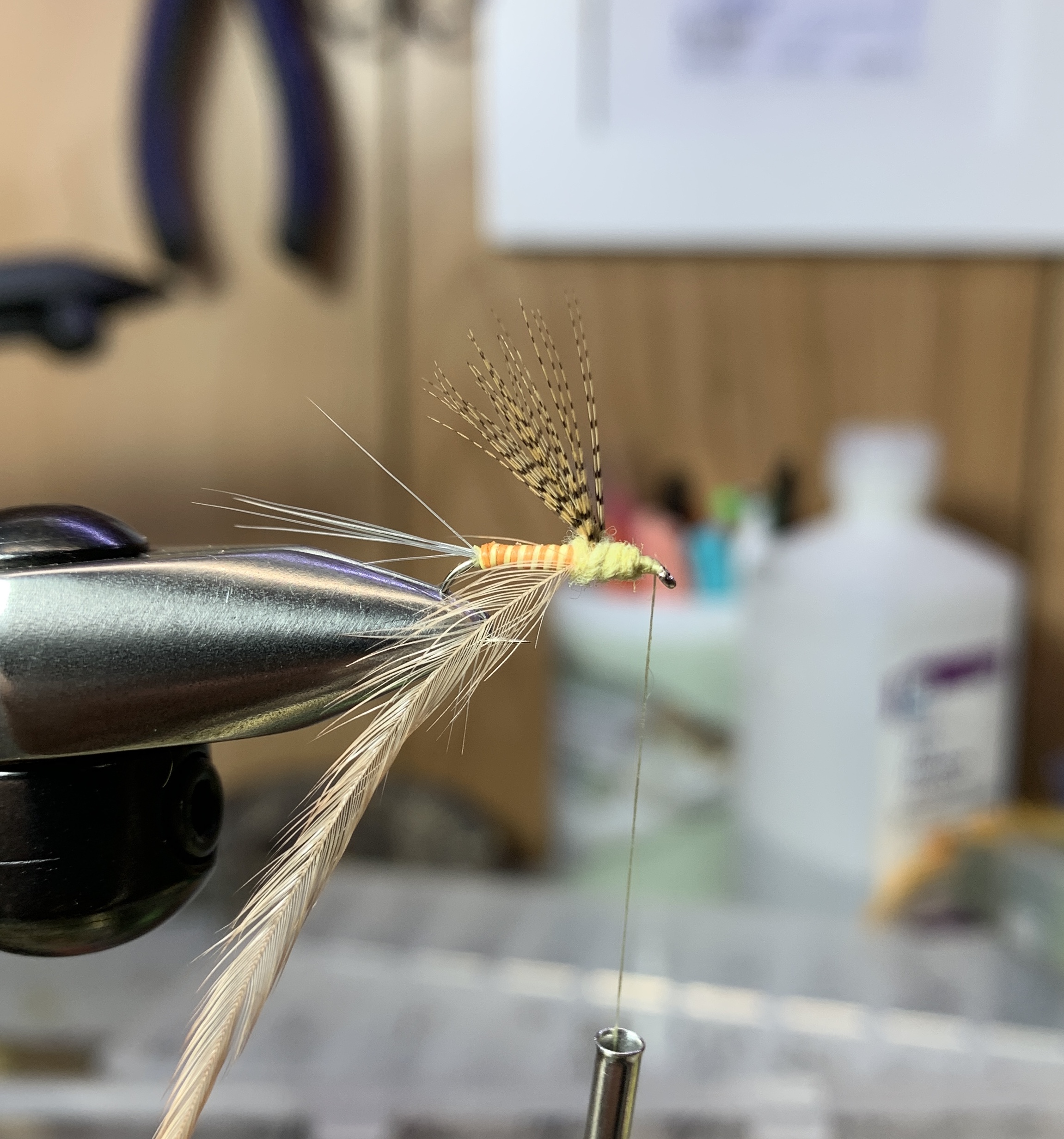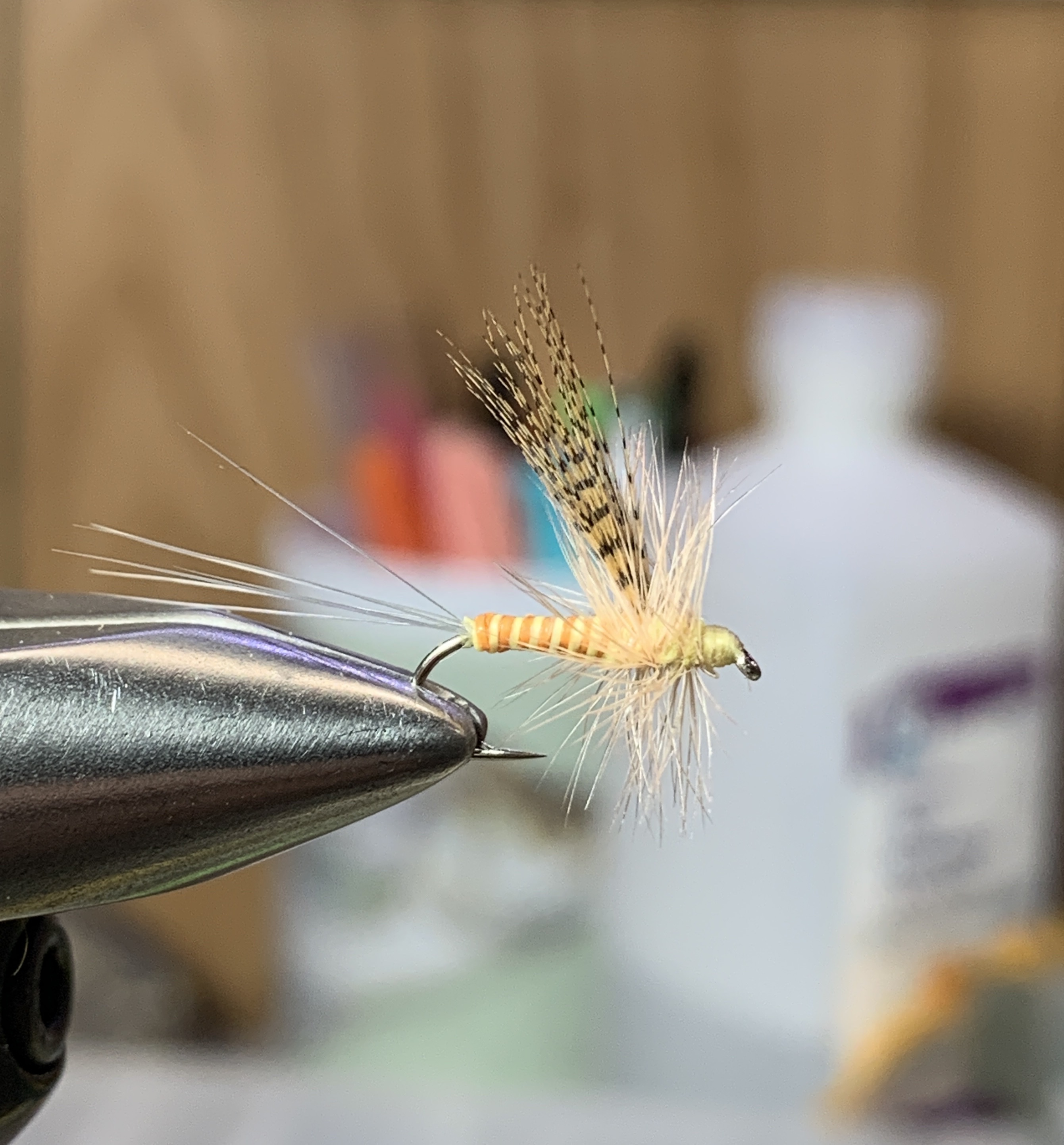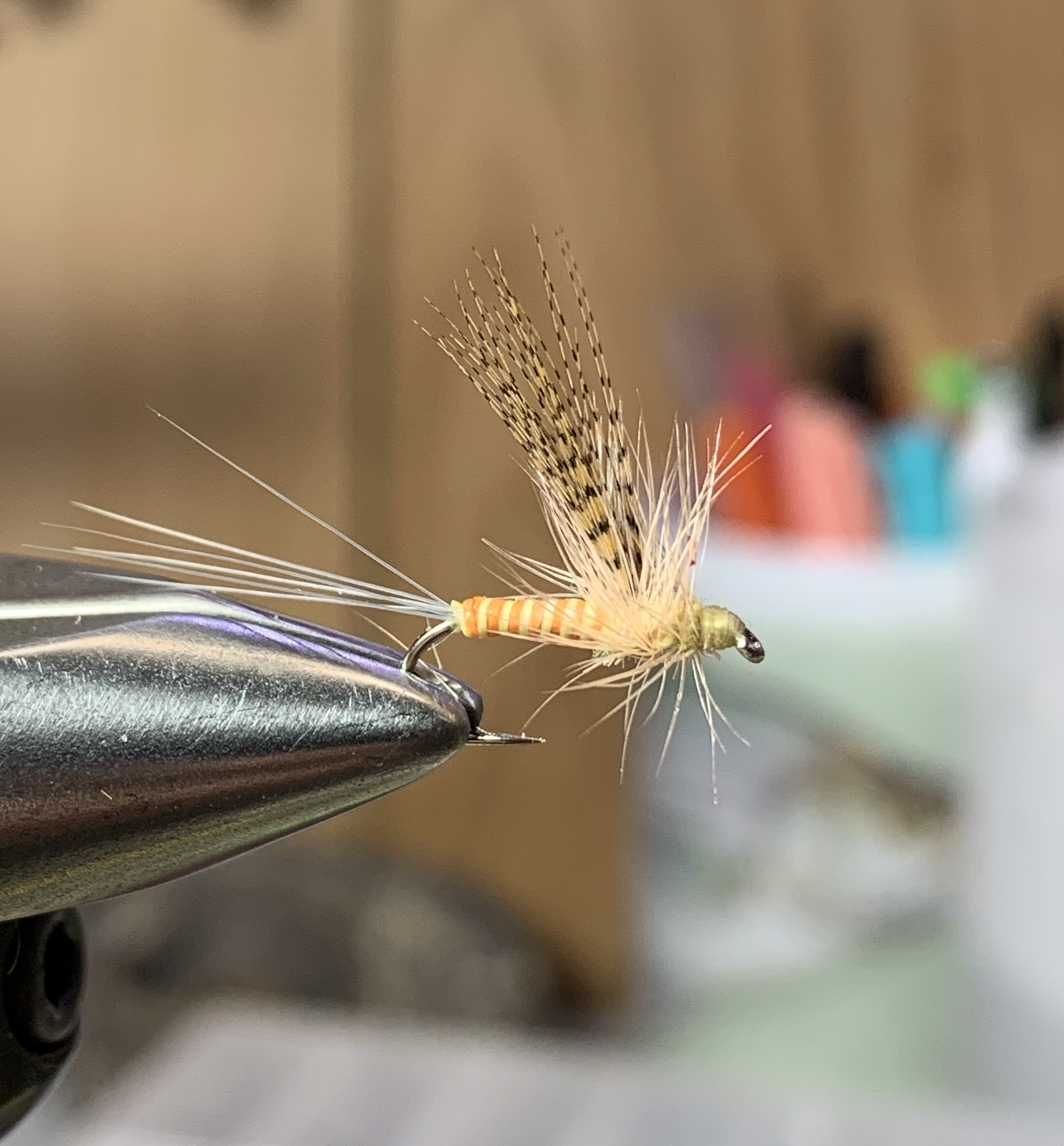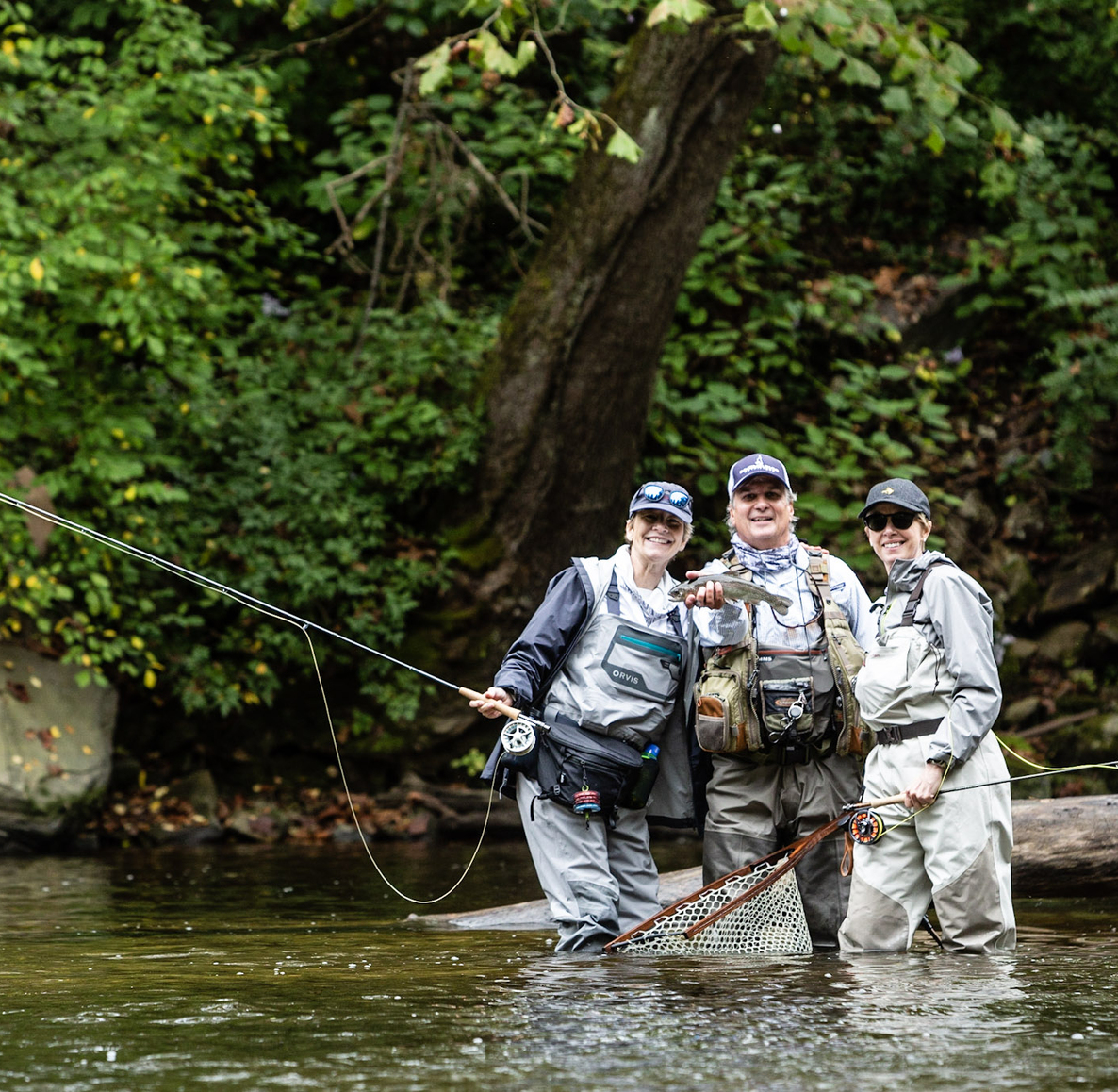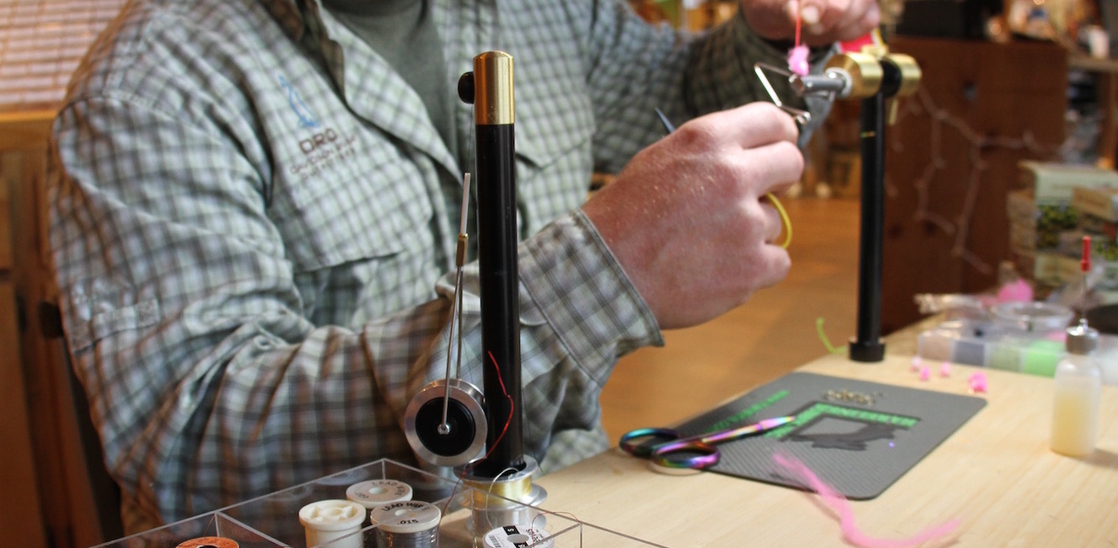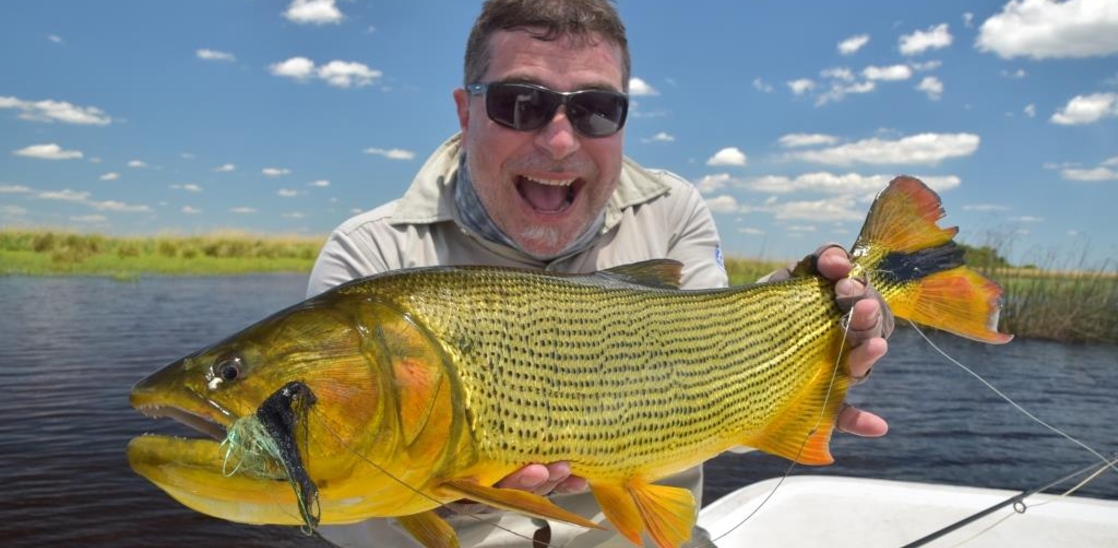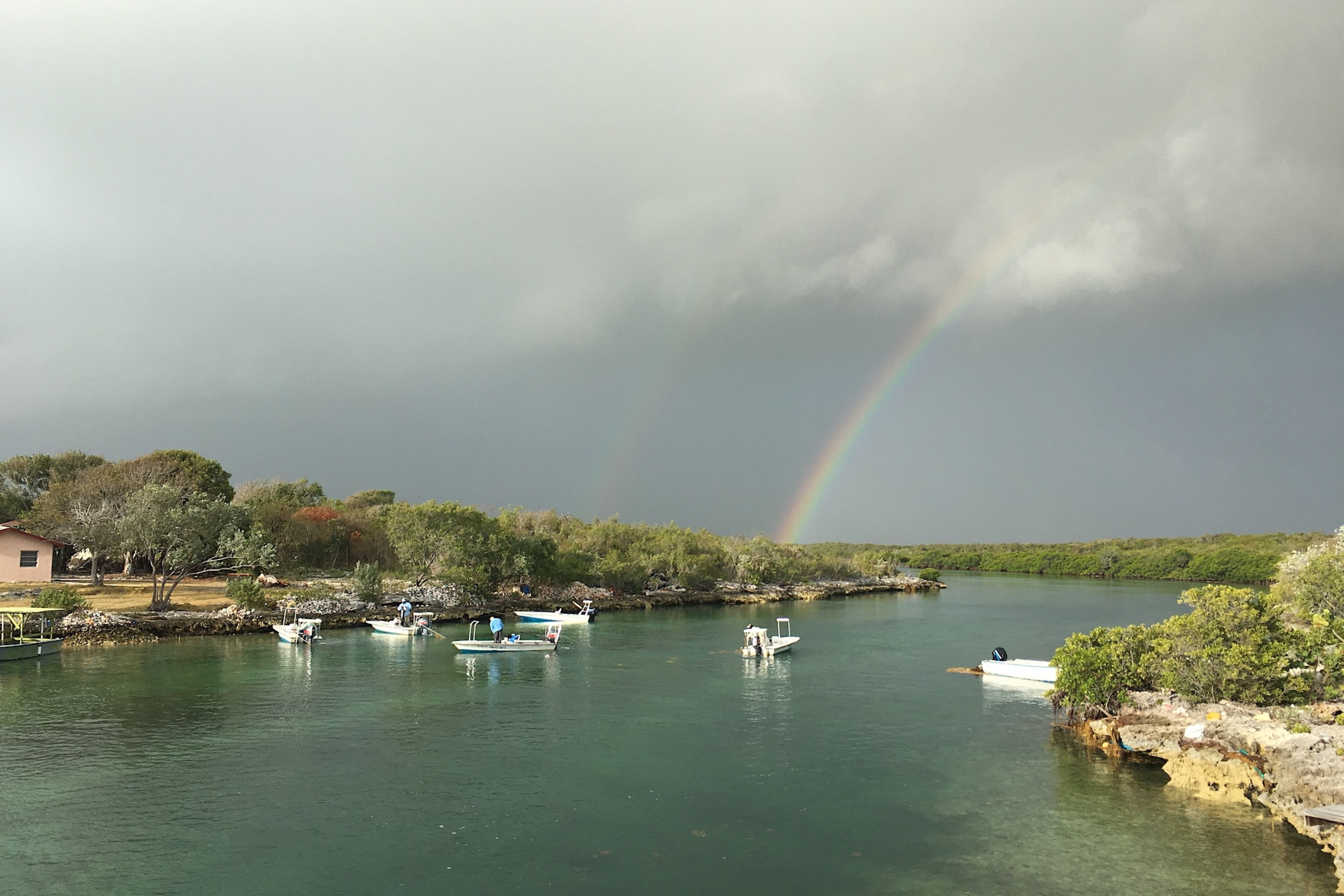The Lieutenant Cahill
A Window Into J.E.B. Hall's Childhood Mind
Growing up in rural Southern Appalachia in the 80's had its advantages and disadvantages. The positives are obivious. Uncrowded streams, way more fish, and far fewer anglers. The downside of living in a place like Swain County for those who liked to fly fish, was the lack of places to buy flies. Yes, there was a fly shop in Asheville, but Asheville was a far off place that you went to do some Christmas shopping once a year, and if you were lucky, eat somewhere super fancy like Steak and Ale, or Kyoto Japanese Steak House. Some of the local bait shops and gas stations had clear acrylic boxes perched on the counter filled with Wulffs, Humpies, Thunderheads, Adams, and Caddis. All locally tied, and rarely smaller than a size 12. You could also call the few folks that did the tying, and order whatever you wanted by the dozen. If you couldn't get someone on the phone, you could drive to where they worked, and order them in person. For example, you could go to Monteith Lumber Company, walk into an active sawmill, and find a guy named Connor running the saw, and hand him a list right there on the spot. Which I'm sure is certainly an OSHA approved activity. Then there was mail order. And when I say mail order, I mean Cabelas. This was during the time when Cabelas wasn't a corporate big box store, but rather a reputable source for quality fishing and hunting products that were not readily available to those living in rural areas. There were two Cabelas catalogs that came each year. A Spring fishing catalog, and a Fall hunting catalog. These days, there are no fewer than six catalogs per month, mostly filled with things that have nothing to do with hunting, or fishing. The arrival of the Spring/Fishing catalog was a big deal. This conveniently happened to be just about 10 days prior to my birthday. With the mailbox postioned across the road about 300 yards down the hill, I would center whatever I was doing to entertain myself after school on that side of the house. With the non existent traffic that was on our road in those days, you could hear the mailman coming for several minutes before he arrived. Said mailman also happens to be the father of a famous University of Tennessee quarterback that came from our high school, but that's neither here nor there. Once "the egg was in the nest", I would hurry down the driveway and return with pages of exotic fishing gear that would fuel misguided fishing ideas for months to come. In the few pages of fly tackle, there was a good looking fly labeled Lt. Cahill. Clearly, the editors of the catalog had shortened Light to Lt. to squeeze as many patterns onto one page as possible. However, since my world view of anything outside of a 40 mile radius of Swain County was mainly based on countless War and Western VHS rentals from The Video Den in Bryson City, my sixth grade brain immediately translated Lt. to Lieutnenant. "Who was this Lieutenant Cahill? Was he a famous horse soldier who had fought the Apache, and stayed on in the American West? Or was he a proper British soldier who tied flies for royals?" Since fly fishing seemed like more of a Western thing, again sixth grade Bryson City logic, I went with horse soldier. I could see this guy dressed in Union Navy Blue, settling in some river valley, and becoming a fly fishing pioneer with stringers of fish like on the Eagle Claw hook package. Yes, Lieutenant Cahill, horse soldier, dry fly fisherman, and solid citizen. "We must order these flies", I thought. A thought that passed as soon as I turned the page and saw the new colors of Rapalas that were a much more immediately useful, and enticing, birthday gift. However, the Lieutenant lived on in my mind, kept fresh each time I flipped through the catalog. Later on that Spring, while shopping in a local establishment on the way to the river with my father, I saw the Lieutenant. There, in one of those cigarette smoke stained acrylic boxes that was nestled between the cash register, and the big jar of jerky, was the fly from the Cabela's catalog. Except, it was clearly labled Light Cahill, and its rank was nowhere to be seen. With that, the legend of the fly fishing horse soldier died, but the fly was purchased and became a favorite in April and May.
Thinking back on this story has brought me endless entertainment over the years, and Light Cahills are still one of my favorite flies to tie. This version is of the Thorax Dun style, and is as enjoyable to tie, as it is to fish. I hope you enjoy it, and may the legend of Lieutenant Cahill live on.
Ingredients
Hook: Daiichi 1182 Crystal Finish Dry Fly- Size 14
Thread: UTC 70- Cream
Tail: Mayfly Tails- Light Dun
Abdomen: Moose Mane- Cahill Pink & Elk Rump- Pale Yellow
Thorax: Super Fine Dry Fly Dubbing- Pale Yellow
Wing: Lemon Wood Duck Feather
Hackle: Whiting Farms Dry Fly- Light Ginger
Step One: Tie onto the hook at the assumed location of the wing and lay a thread base to the back of the hook shank. This starting point will help keep the fly proportions balanced.
Step Two: Tie in the tail with the length being slightly longer than the hook shank. Keeping the tail somewhat sparse will give the fly a better appearance. Make a couple thread wraps between the fibers to open the tail up.
Step Three: Tie in both the Moose Mane, and the Elk Rump by the tip near the thread's starting point. Wrap over them with thread to the base of the tail.
Step Four: Cover the thread base in CA Glue, then wrap the Moose Mane and the Elk Rump forward at the same time. This should form a segmented abdomen.
Step Five: Tie in the wood duck feather for the wing. You can do this by splitting the fibers around the hook, or laying the fibers on top of the hook. Stand the fibers up, but be sure to make sure that they maintain slightly swept back appearance.
Step Six: Tie in the hackle by the base with the cup toward the fly. Dub the thorax around the wing and nearly up to the eye. Be careful not to crowd the eye.
Step Seven: Palmer the hackle criss cross pattern behind and in front of the wing, and then on up to the ey. Whip finish and cement.
Step 8(optional): Trim the hackle from the bottom of the fly for a wing up, low profile look.
The Lieutenant!


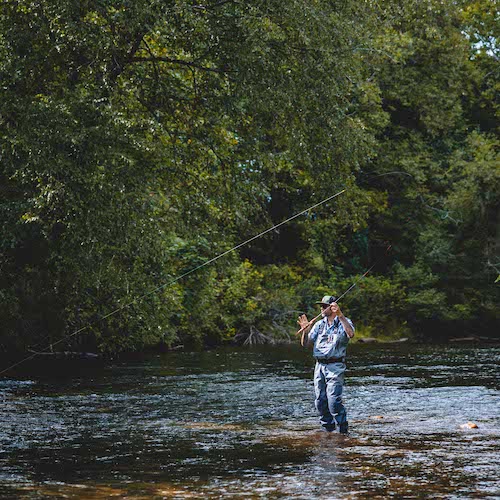 Stream Report
Stream Report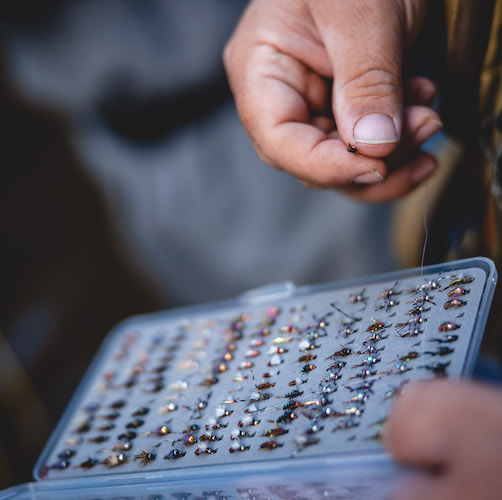 Seasonal Hatches
Seasonal Hatches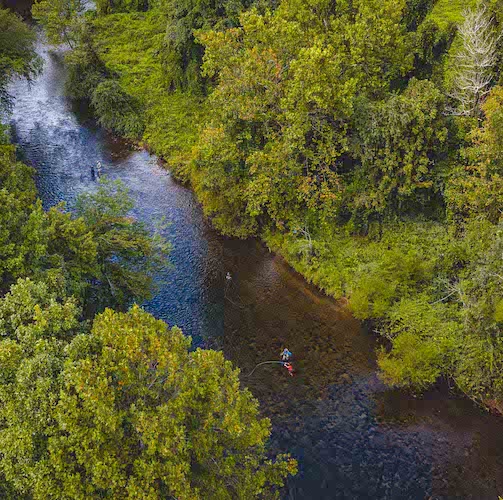 Stream Guide
Stream Guide